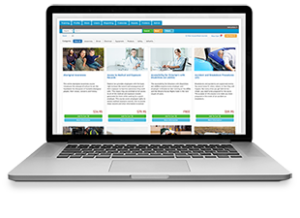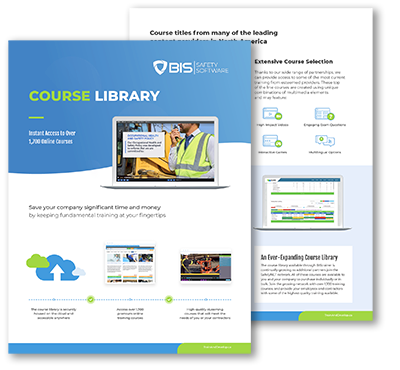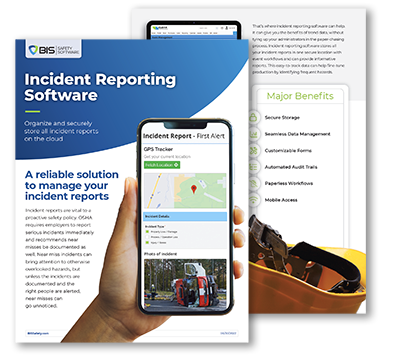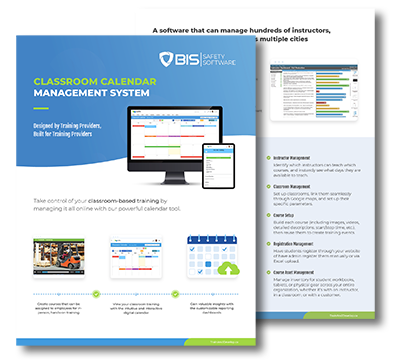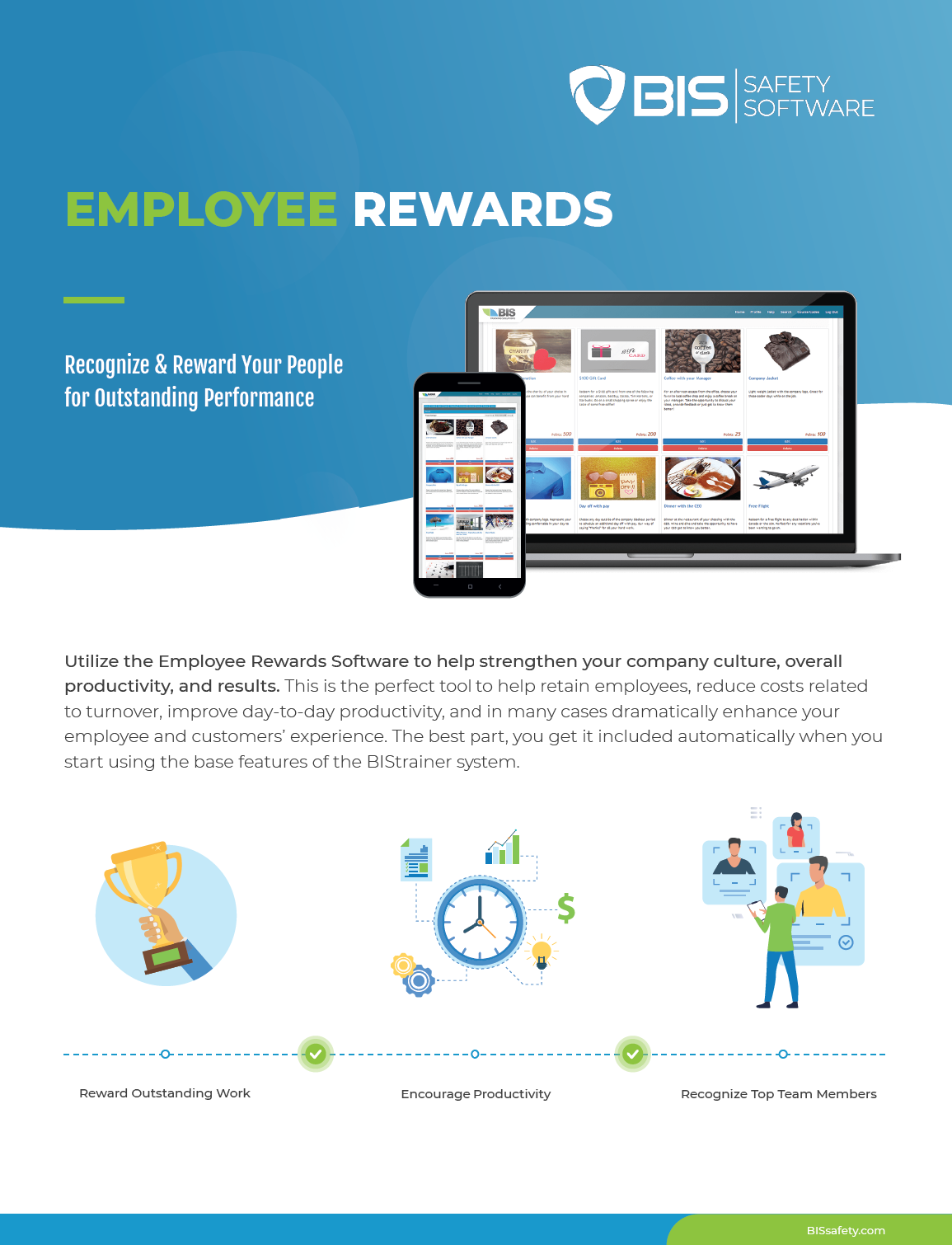
6 Tips to Improve Your Online Orientations in 2022
Worksite orientations are very helpful when you have new hires, but also when current employees arrive at a new site. However, when we’re talking about heavy industries like construction and mining, they also become critical for safety. Employee orientations may sound like a simple task, but underestimating them is a mistake: they must prepare employees for a new job, and this goes beyond reading a folder full of documents.
We tend to associate orientations with new hires, but they are also important for existing employees. New technologies are constantly being developed and changing workplaces, no matter your business sector. Even the orientation process itself has changed, and many companies now prefer a virtual format. Here we will provide 6 tips to make your online orientations successful in 2022.
1) Make Sure Your Training Platform is Compatible
One of the main advantages of online orientations is being able to complete them anywhere and at any time. However, this is only true if you make them compatible with different types of mobile devices. Smartphone brands have become like clothing and cars, and each employee has different preferences. If you use a training platform that only works on certain devices and operating systems, you lose part of the benefit of going online.
2) Automated Registration and Paperwork

New hires can involve plenty of paperwork, especially when many employees join your company at once. If your HR managers are forced to call or meet all employees one by one, the orientation can be delayed. The process becomes even slower if employees are asked to fill paperwork by hand, since your HR department wastes time with data entry later.
When you add automated registration and digital forms to your online orientation, the process becomes much easier. Your HR department will save plenty of time (and headaches), and your new employees can start the orientation right away. Another advantage of digital forms is being able to update them easily, and asking employees to fill the new versions online.
3) Connecting New Hires with the Company Leadership
When orientations are carried out online, the CEO and other managers can easily communicate with participants. This is more difficult with traditional classroom training, since you need to find an available spot in everyone’s agenda. Managers can also access the training platform to keep track of progress, giving feedback if necessary, and without having to wait for a final report.
4) Provide Suitable Training for a Diverse Workforce
Your workforce may include several age groups and cultural backgrounds, and your orientation program must be suitable for everyone. For example, if persons from another country are among your new hires, slang and jargon may confuse them. Also, you cannot assume that everyone is tech-savvy, which means you might have trouble with an orientation that involves complex software or apps.

5) Make the Most Out of Digital Forms
Digital forms are one of the best time-savers available for companies, and this not only applies for safety training and orientations. Traditional forms must be printed, delivered to each employee, filled by hand, collected and reviewed… and then you still waste time with data entry! However, all these steps are eliminated with a digital form, and the information provided by each employee is immediately stored. Instead of wasting time with paperwork during orientations, you can focus on training new employees effectively.
6) Use a Training Platform That Confirms Participation

Online orientations are helpful, but there is a catch: you need to make sure each employee is engaged in the process. If participants skip through the content without learning it, they could miss critical information that can literally save their lives!
There are now training platforms with virtual proctoring tools to ensure participation, which can be combined with online assessments. The orientation process is only useful if there is a learning outcome, and this is critical when we’re talking about workplace safety.
Conclusion
Worksite orientations have two very important functions: they help new hires become a part of your team, and they ensure everyone has the necessary knowledge to stay safe. The orientation process can become more efficient when taken online, but you must make sure it still achieves the intended result. Device compatibility, automation, virtual forms and remote proctoring are some of the features that make online orientations more effective.















